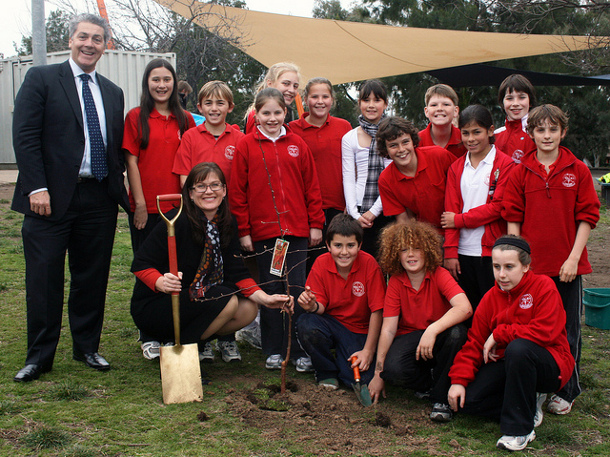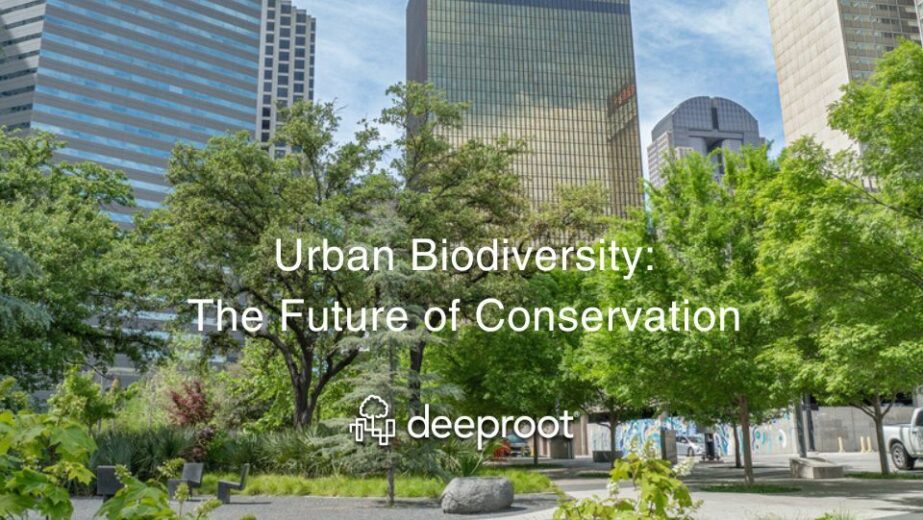
Today’s post is by Bert Cregg, an Associate Professor in the Department of Horticulture and Department of Forestry at Michigan State University. It is reprinted with his permission from his blog, The Garden Professors.
I ‘like’ American Forests page on Facebook so I receive their periodic updates. One item that caught my eye recently was a profile article on Dr. Greg McPherson, who is an urban forestry researcher with the USDA Forest Service in Davis, CA. Even if you don’t recognize the name, if you have even seen any statistics on the economic and environmental benefits of trees in cities (energy conservation, carbon sequestration, etc), they probably cited information for McPhereon’s studies, either directly on indirectly,
What really made me say “Amen, brother!” in the American Forest piece was McPherson’s response to the question, “What’s the biggest issue in urban forestry today?” His reply, “Moving from the tree-planting paradigm to the tree-performance paradigm.” Let’s face it, tree planting, for want of a better term, is sexy. It’s relatively easy to raise money or get politicians to show up for a tree planting event and throw a few scoops of dirt with a ceremonial silver-plated shovel while the local media cameras are clicking.
Image: Stephen Simpson/London News Pictures
But who is going to get excited about maintenance pruning? Or developing workable tree ordinances? Or a pest management program?

Image: Susan Lesch
I’ve participated in various tree planting programs and it always gives me mixed emotions to hand out tree seedlings to second graders. I’m glad they’re excited about getting a tree but also realize most of the seedlings that those 7-year-olds are running with will have the same lifespan as a goldfish that comes home in a plastic bag from the county fair. Does this mean we should ban tree giveaways or planting events? Of course not. Even if only a few seedlings survive the grubby hands of second-graders, that’s a plus and building their awareness of trees and their environment is the bigger issue. But we also need to build public awareness of what it takes to maintain the urban forest and accrue all those benefits on the long term. And most of those activities don’t make good photo ops or video clips for the local TV news.
In some places, we’re starting to get the message. Here in Michigan our Department of Natural Resources awards Community Forestry grants. The program will fund various activities but many grants are for tree planting. If the application is for tree planting, the applicant must include a description of the maintenance practices that will be used to ensure the long-term success of the planting – forcing applicants to think about what happens after the trees are planted. In addition the program also requires that applicants plant a diversity of species to help reduce issues with monocultures. Small steps, but the ones we need to take to move from the tree planting paradigm to the tree performance paradigm.
Top image: Senator Kate Lundy







Leave Your Comment